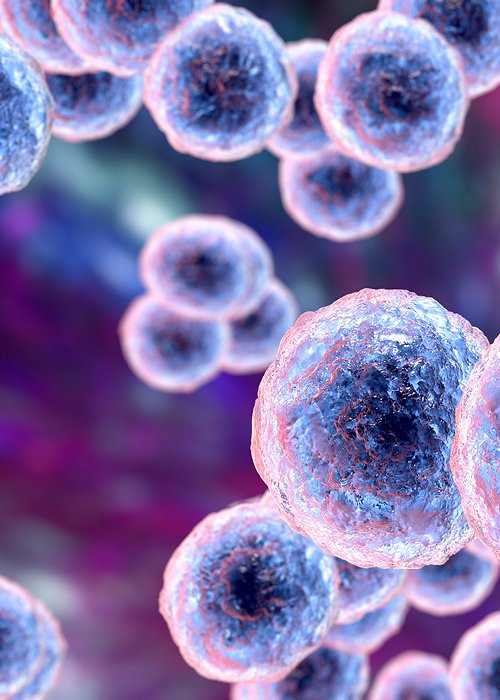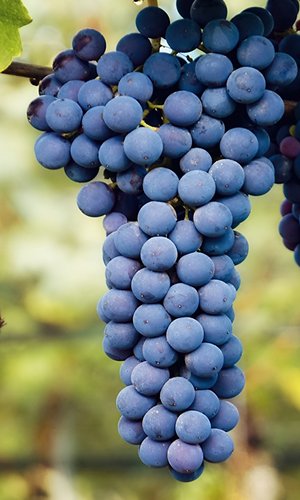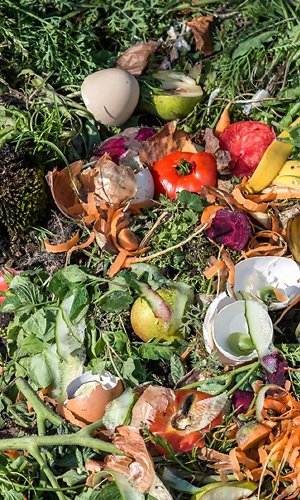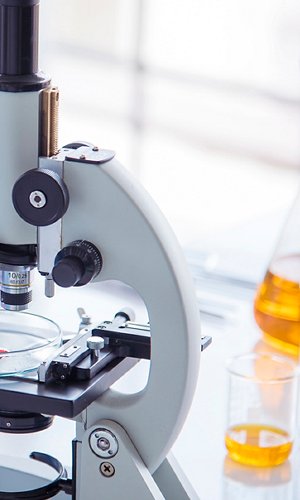Bacteria are unicellular organisms, in other words they are made of a single cell. Bacteria were the first organisms that lived on the Earth. They appeared 3 billion years ago in the waters of the first oceans. Bacteria or prokaryotes are the most widespread living beings in the Earth: in a spoonful of soil, for example, it is possible to find up to 10,000 billion bacteria. Their size is extremely small, in fact most bacteria cells have a diameter that ranges from 1 to 10 microns (one micron is equivalent to one thousandth of a millimeter): a line of one thousand neatly arranged bacteria, would be only one millimeter long.







